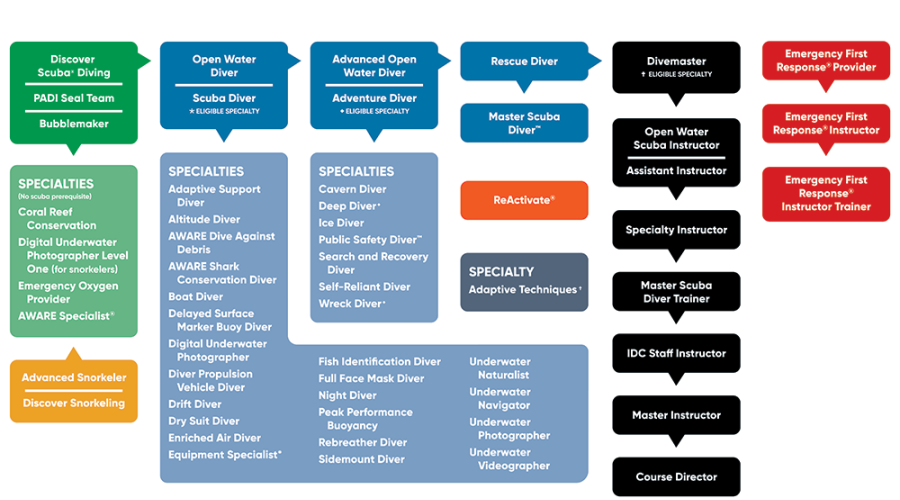
Is the ocean your calling? Do you just know that scuba diving will be a part of your life and more than just a hobby? Do you see yourself working in the diving industry?
If you answer yes to all or any of the above, it’s time to start your journey from Beginner to Pro and become a PADI Instructor!
In this Blog, we take a look at how to go from being a beginner to living out your dreams as a PADI Open Water Scuba Instructor!
The PADI System of Recreational Diver Education
PADI courses are progressive, a bit like building blocks. They must be taken in order; one course leads to the next. The path to becoming an Instructor starts by first becoming a PADI Certified Diver. Once you have completed one level of recreational certification, you can immediately move on to the next. Let’s take a look at the sequence of recreational certifications…
PADI Open Water Diver Course
The first level of certification is the PADI Open Water Diver Course. It’s probably the most important course you’ll ever take because it’s the foundation of knowledge and skills you will build as you progress through subsequent courses.
Once you are certified as an Open Water Diver, you’ll be able to dive in conditions similar to those in which you trained with another certified diver. You can immediately start the PADI Open Water Diver Course with PADI’s eLearning.
PADI Advanced Open Water Diver Course
Once you have completed your open water course, you can immediately take the PADI Advanced Open Water Diver course. Don’t let the name of the course put you off – you do not need to be advanced to take the course. The course is about advancing the skills and knowledge you learned in your Open Water Diver Course. You’ll also have the opportunity to try out different types of diving, possibly including wreck diving, night diving, and drift diving.
Under the guidance of your instructor, you’ll complete five Adventure Dives, including a navigation dive and a deep dive. Upon completion, you’ll be trained to dive to a maximum depth of 30 meters/100 feet.
PADI Rescue Diver
If the Open Water Diver course is one of the most important, the Rescue Diver course is among the most rewarding. With your existing skills and knowledge solidified, it’s time to turn your attention to responding to emergencies and helping others.
The Rescue Diver Course is not just about dealing with situations when they happen. There is also a heavy focus on how to prevent incidents from occurring in the first place. You’ll also need to take the Emergency First Response (EFR) Primary and Secondary Care course to complete your Rescue Diver certification.
The EFR course includes two key modules, first aid, and CPR. You’ll use the skills you learn in your EFR course during specific components of your Rescue Diver course. It’s an incredibly rewarding experience that culminates in you taking part in a search and rescue scenario!
PADI Professional Courses
Once you have achieved PADI Rescue Diver status as a recreational diver, you are ready to embark on PADI’s professional-level courses – you are on your way to an incredible lifestyle and your dream job!
PADI Divemaster
The PADI Divemaster certification is the first level of professional certification. As a certified PADI Divemaster, you can work in the dive industry or coordinate dive expeditions of your own.
Divemasters who are working in the industry often assist instructors with courses and student divers, as well as guide certified divers on dives. You may find that your responsibilities also include filling tanks, loading guests’ gear onto boats, setting up equipment for customers, checking in divers, giving boat and dive site briefings, and ensuring customers are well-informed, safe, and happy.
Additionally, PADI Divemasters can carry out the following roles:
- Assist PADI Instructors with training and non-training diving activities
- Lead Discover Local Diving programs
- Accompany certified PADI Scuba Divers and Open Water Divers on dives
- Assist PADI Instructors with Discover Scuba Diving (DSD) programs
- Help divers refresh their skills with the PADI ReActivate program
- Teach Discover Snorkeling and PADI Advanced Snorkeler
To progress from PADI Rescue Diver to PADI Divemaster, there are some additional requirements. You’ll need to be 18 years old and have at least 40 logged dives when beginning the program. Your EFR certification will also need to be dated within the last 24 months, and you’ll need up-to-date medical approval for scuba diving.
The PADI Divemaster course can be completed over a couple of weeks or as a longer internship, giving you more insight into the inner workings of a dive center and dealing with customers.
PADI Open Water Scuba Instructor
Finally, it’s time to step into the role of a PADI Instructor! The PADI Instructor rating is the most sought-after by employers in the diving industry. As a PADI Instructor, you can teach and certify PADI Open Water Divers, Advanced Open Water Divers, Rescue Divers, and PADI Divemasters.
Progressing from PADI Divemaster to PADI Instructor means taking the PADI Instructor Development Course (IDC). The IDC is a training program for Instructors, and you’ll need to meet the following prerequisites:
- Be at least 18 years old and a certified diver for at least six months
- Hold a PADI Divemaster certification (or qualifying certification)
- Have at least 60 logged dives to start the IDC and 100 logged dives to receive instructor-level certification
- Hold a current CPR and First Aid course completion*
- Have an in-date medical approval to scuba dive
* IDC candidates must have completed (within the last 24 months) an Emergency First Response (EFR) course or qualifying course. EFR Instructor certification is required before you can start teaching.
What is an IDC?
The PADI IDC comprises two major components, the PADI Assistant Instructor (AI) course and the PADI Open Water Scuba Instructor (OWSI) program. These can be completed individually, but most commonly, they are taken together and described as the full IDC, or Instructor Development Course.
The IDC aims to develop you as an instructor – to provide you with the tools you need to effectively teach and execute PADI courses to your students. As a PADI Divemaster, you will already have excellent diving skills and a depth of knowledge. In the IDC, you’ll learn how to share your knowledge and skills with others.
The PADI IDC will teach you how to:
- Give classroom presentations
- Work with students in confined water (a pool or pool-like environment), maintaining safety and achieving mastery.
- Introduce students to diving in open water whilst maintaining safety and achieving mastery.
- PADI’s 4E philosophy
- Risk management
- How to market yourself as an Instructor – this is a business, after all!
Upon completing your IDC, you’ll need to take a PADI Instructor Examination (PADI IE). Although it’s an examination, it’s more of a check to ensure that you have understood and can deliver what you learned during your IDC. There won’t be anything new or surprises – it’s nothing to fear and can be great fun!
How does Beginner to Pro work?
Some dive centers offer Beginner to Pro programs which take you from PADI Open Water Diver through to Instructor in one go. You’ll still need to complete the courses set out above, and it will take a minimum of 6 months to meet the pre-requisites of the IDC, but there are some great advantages. You’ll be diving consistently for a 6 month period, which means your skills will be well-honed by the time you reach the IE. You’ll also be spending 6 months in a working diving environment which gives you a huge insight into what is next to come.
You’ll have plenty of opportunities to watch Instructors in action and to get involved with PADI courses and dive trips. You’ll dive with divers of all levels and gain real-life hands-on experience.
Are you ready to take the leap and go from Beginner all the way to Pro? Contact us if you need any guidance or assistance planing your journy
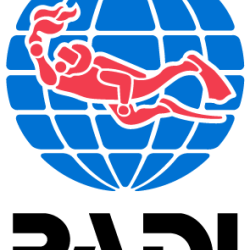
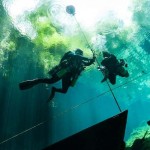
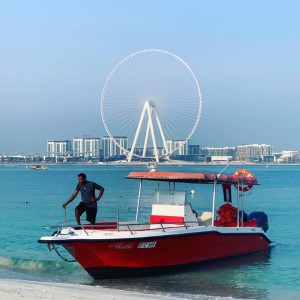
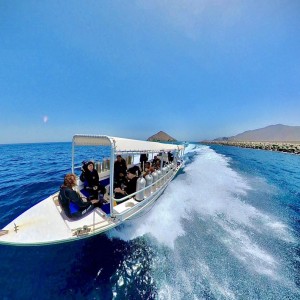
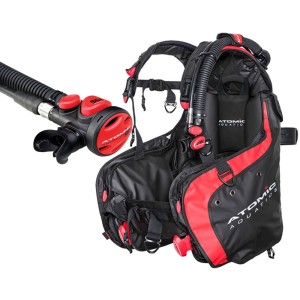
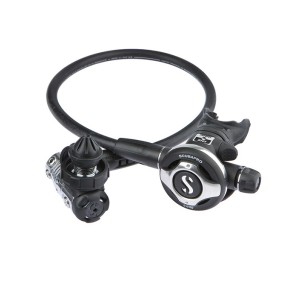
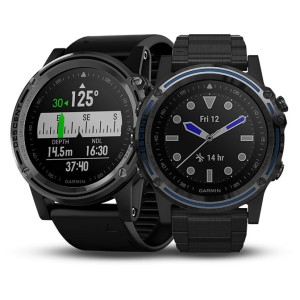

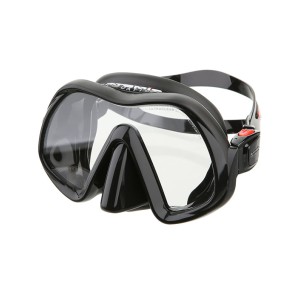
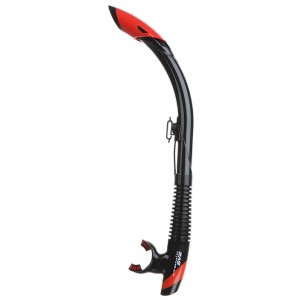
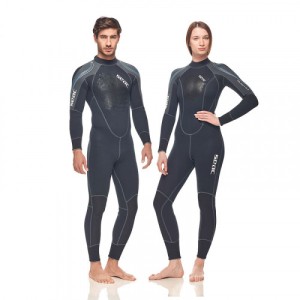
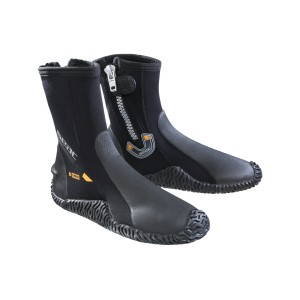

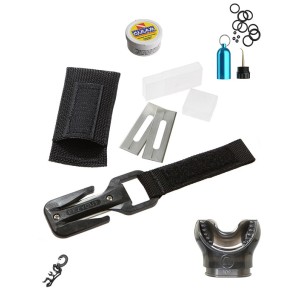

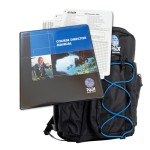



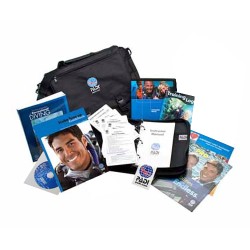

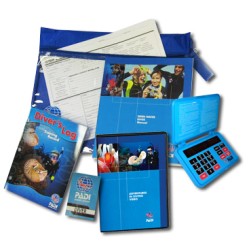
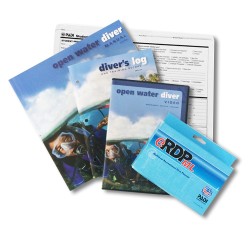
-870x812-250x250w.jpg)
-870x812-250x250w.jpg)
-870x812-250x250w.jpg)
-870x812-250x250w.jpg)
-870x812-250x250w.jpg)
-870x812-250x250w.jpg)
-870x812-250x250w.jpg)
-870x812-250x250w.jpg)
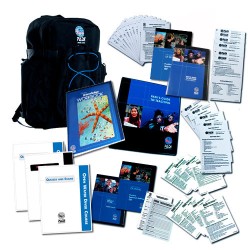
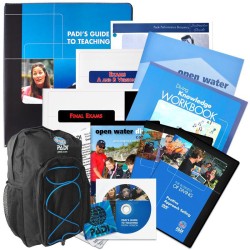
-870x812-250x250w.jpg)
-870x812-250x250w.jpg)
-870x812-250x250w.jpg)
-870x812-250x250w.jpg)
-870x812-250x250w.jpg)
-870x812-250x250w.jpg)
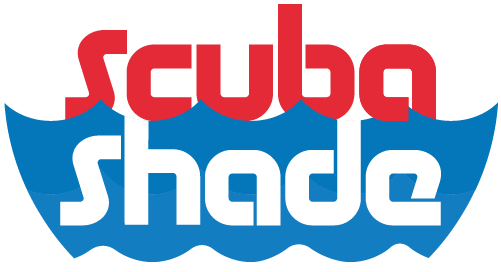
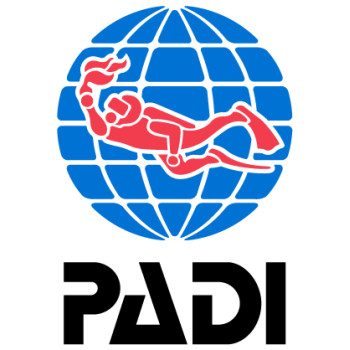
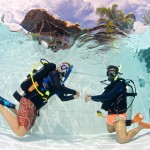
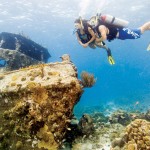
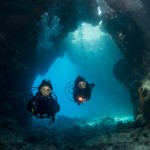
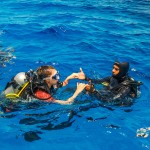

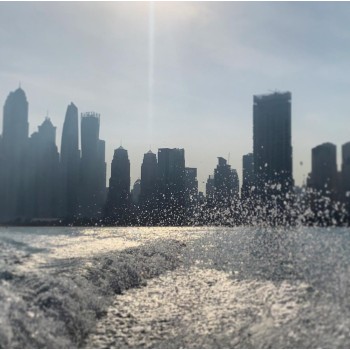
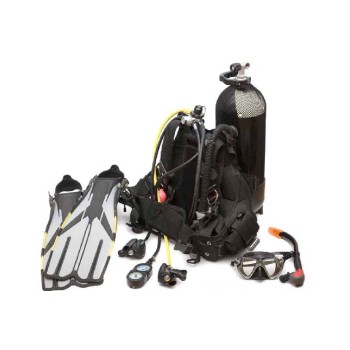
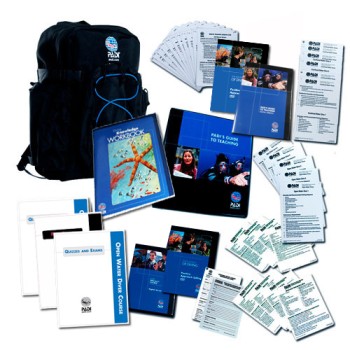
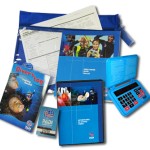
Leave a comment